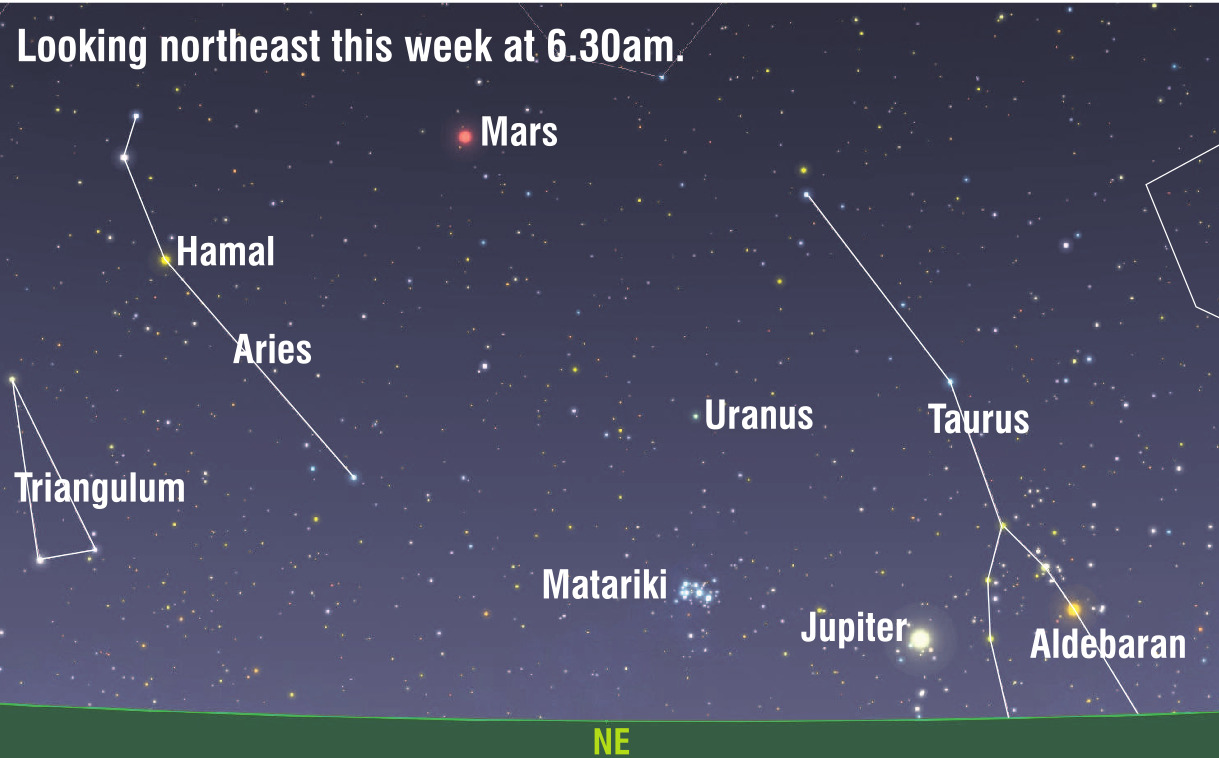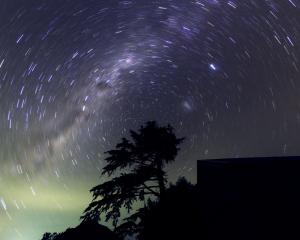
While many use this as an excuse for a lie-in, if the sky is clear, I plan to be up early to mark the Maori New Year by looking out for one of my favourite celestial objects.
In the spirit of the season, I shall use the opportunity to acknowledge those who have died, celebrate the fact I’m still here, and think about my plans for the following year.

To put this into perspective, the light you see when gazing at Matariki embarked on its journey to your eyes in 1580, the same year Frances Drake completed his circumnavigation of Earth in his ship, the Golden Hind.
From an astronomical standpoint, Matariki is relatively young, having formed in the last 100 million years. Its hot blue stars are the result of a condensation process from a vast cloud of gas and dust, the remnants of which are still visible in the stunning nebulosity captured in long-exposure photographs.
People with good eyesight can see as many as a dozen stars in Matariki. Folks with average eyes can usually see six or seven.
In Dunedin, Matariki rises just before 6am. To see it, you must find a location with an unobstructed northeastern horizon; my favourite spot is the shared path on the Dunedin side of Broad Bay. From there, the cluster rises over the Portobello Peninsula; if still, the harbour reflections are genuinely magnificent.
Once you have had your fill of Matariki, brace yourself for more celestial wonders. Jupiter, the largest planet in the solar system, will be easily visible below and to the right, adding a new level of excitement to this year’s Matariki experience.
Look for a blazingly bright yellow/white "star".
The planet Mars is also on view. Look for a bright red star some 20° above the northeast horizon.











